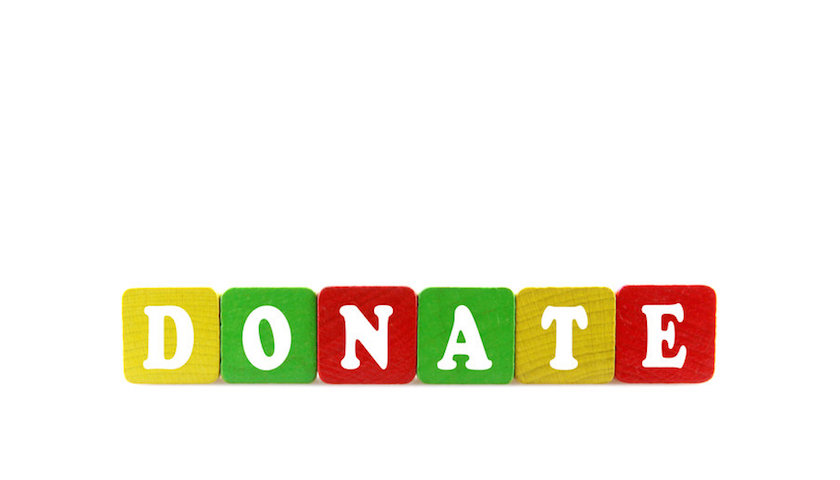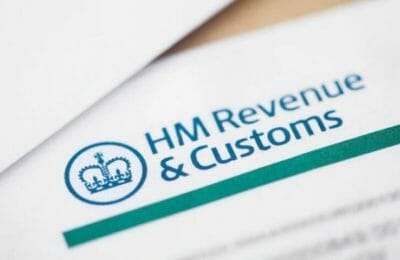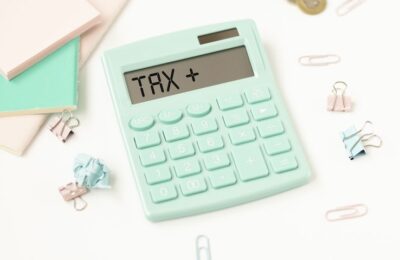The pandemic hit the charitable sector hard. Many charities saw a major drop in funding and donations. Lots struggled to meet demand for their services. Some were even forced to close. Given this, there’s rarely been a better time to dig deep and give extra support to your favourite charities. Thanks to the relationship between tax and Gift Aid, your donations could even lower your tax bill!
What is Gift Aid?
Gift Aid is a scheme that is open to charities and Community Amateur Sports Clubs (CASCs). If you are a UK taxpayer and you donate to a charity or a CASC, you can complete a Gift Aid declaration. This allows the charity or CASC to claim an extra 25p for each £1 you donate. The 25p is equivalent to the 20% basic rate tax you’ve already paid on £1.25.
Which donations qualify for Gift Aid?
Your donations qualify if you are a UK taxpayer. However, your donations much not be more than four times what you pay in tax during the year. The tax you have paid can be Income Tax, Capital Gains Tax or a combination of the two.
If you don’t pay enough tax to cover your Gift Aid donations, you will have to repay the extra money your chosen charities have claimed. You’ll need to do this via your annual Self-Assessment Tax Return. So be careful!
How to extend your tax threshold
If you are a higher rate or additional rate taxpayer, your donations can extend your tax threshold.
For example, if you are a higher rate taxpayer and you donate £1,000 to charity, your basic rate band rises by £1,250. This is money that would have been taxed at 40%, but is now taxed at the basic 20% rate. Your chosen charity claims 20% from HMRC and you effectively benefit from a 20% relief.
The same principle applies to additional rate taxpayers who normally pay a 45% rate. They effectively get a relief of 25%.
Extra benefits for high earners
If you earn over £100,000, Gift Aid donations can also help restore your tax-free allowance. This is because, for every £2 you earn over £100,000, your tax-free allowance reduces by £1.
For example, if you earn £120,000 in a year, your tax-free allowance of £12,570 will be reduced by £10,000 to £2,570.
However, for every £2 of gross Gift Aid donations you can restore £1 of your tax-free allowance. The combined effect of this and the extended basic rate band is tax relief of 60%!
Reduce the High Income Child Benefit Tax Charge
If a couple (who have children and are married, in a civil partnership or cohabiting) both have an adjusted net income of over £60,000, the highest earner will be hit by the High Income Child Benefit Tax Charge. This means they will be charged 1% of the Child Benefit they receive for each £200 of adjusted net income over £60,000. The benefit is effectively wiped out when income reaches £80,000. If you are in this situation, giving to charity can reduce (or even remove) the tax charge. However, it’s also worth remembering that making additional pension contributions can have the same effect.
If you would like advice on how to give to charity in the most tax-effective ways, please get in touch with your THP account manager. They would be delighted to help you.
About Jon Pryse-Jones
Since joining THP in 1978, Jon Pryse-Jones has been hands on with every area of the business. Now specialising in strategy, business planning, and marketing, Jon remains at the forefront of the growth and development at THP.
An ideas man, Jon enjoys getting the most out of all situations, “I act as a catalyst for creative people and encourage them to think outside the box,” he says, “and I’m not afraid of being confrontational. It often leads to a better result for THP and its clients.”
Jon’s appreciation for THP extends to his fellow team members and the board. “They really know how to run a successful business,” he says. He’s keen on IT and systems development as critical to success, and he continues to guide THP to be at the cutting edge and effective.
Read more about Jon Pryse-Jones











